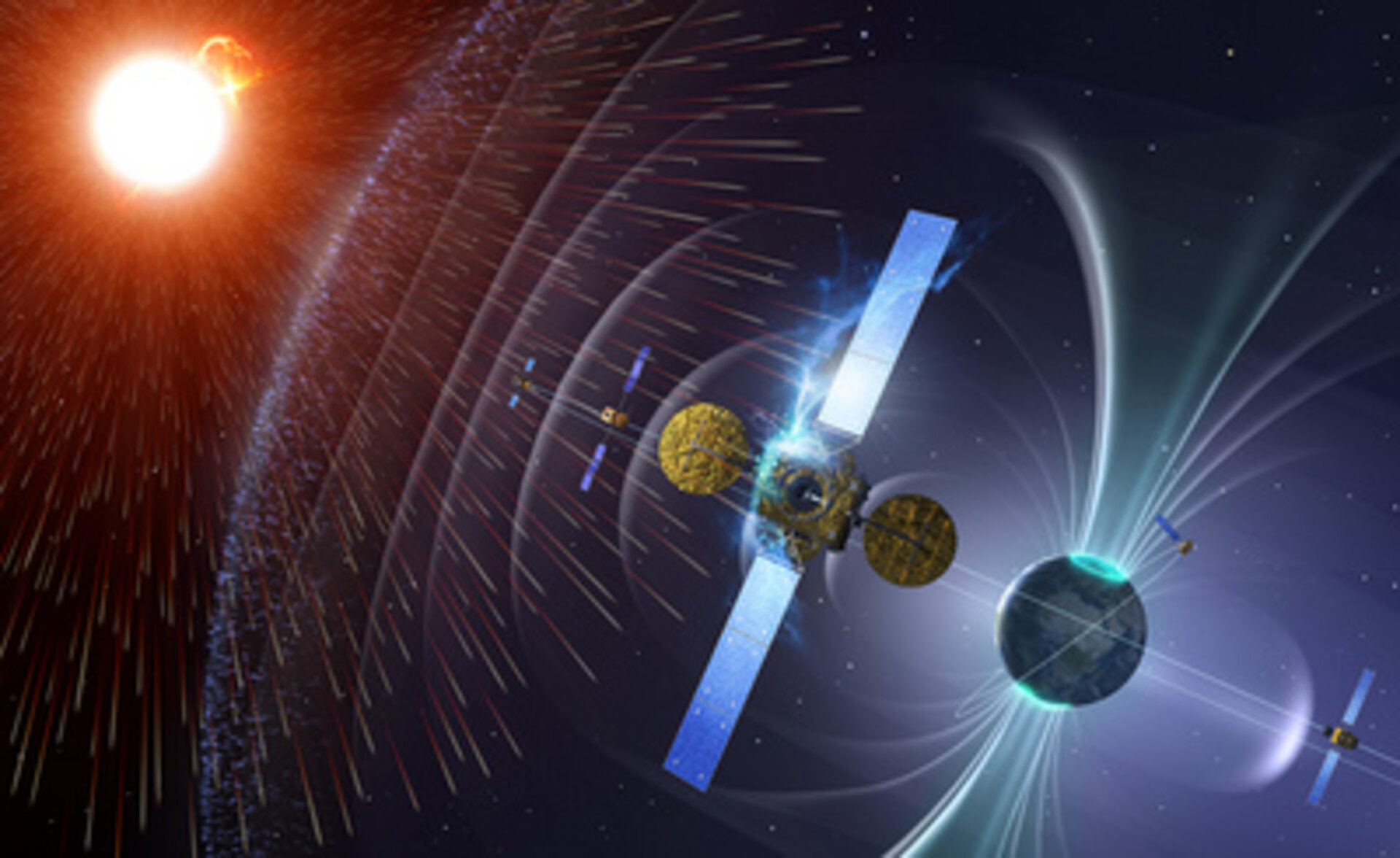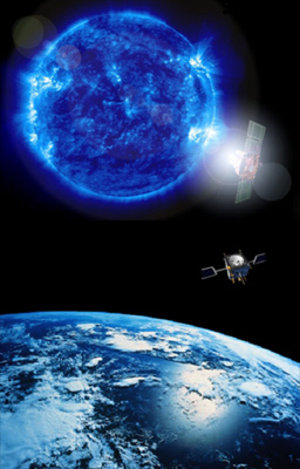Detecting radiation
Space might be a vacuum but it is far from empty: particles of different energies and charges are thrown off by the Sun, arrive from deep space or are captured and accelerated within radiation belts of Earth’s magnetic field. Proba-V will carry a pair of instruments to survey space radiation levels, the main cause of satellite anomalies and malfunctions, and a potential health risk to astronauts.
Developed by QinetiQ Space and the Centre for Space Radiations of Belgium's Catholic University of Louvain, the shoebox-sized Energetic Particle Telescope (EPT) will record the charge, energy and angle of incoming charged particles along a broad range of energies across a wide 50° field-of-view. The telescope has two sections: one for low- and one for high-energy particle detection.

Unlike simpler radiation monitors previously flown in space, EPT can separate out particles from their energies for much more accurate sampling of the radiation flux. The first, low-energy, section is made up of two silicon detectors at the entrance of the instrument. The high-energy section deeper in the device has a stack of 10 ‘digital absorber modules’.
A second radiation monitor, known as SATRAM (Space Application of Timepix-based Radiation Monitor), has been contributed by the Czech Space Research Centre company in cooperation with the Czech Technical University’s Institute of Experimental and Applied Physics. This device is based around the Medipix radiation detector chip, initially developed by CERN, the European Organisation for Nuclear Research, to monitor the radiation environment within particle accelerator tunnels.
These two radiation monitors will be well placed once Proba-V is launched: the Sun’s 11-year cycle of activity is forecast to peak to the next ‘solar maximum’ by the middle of 2013.






